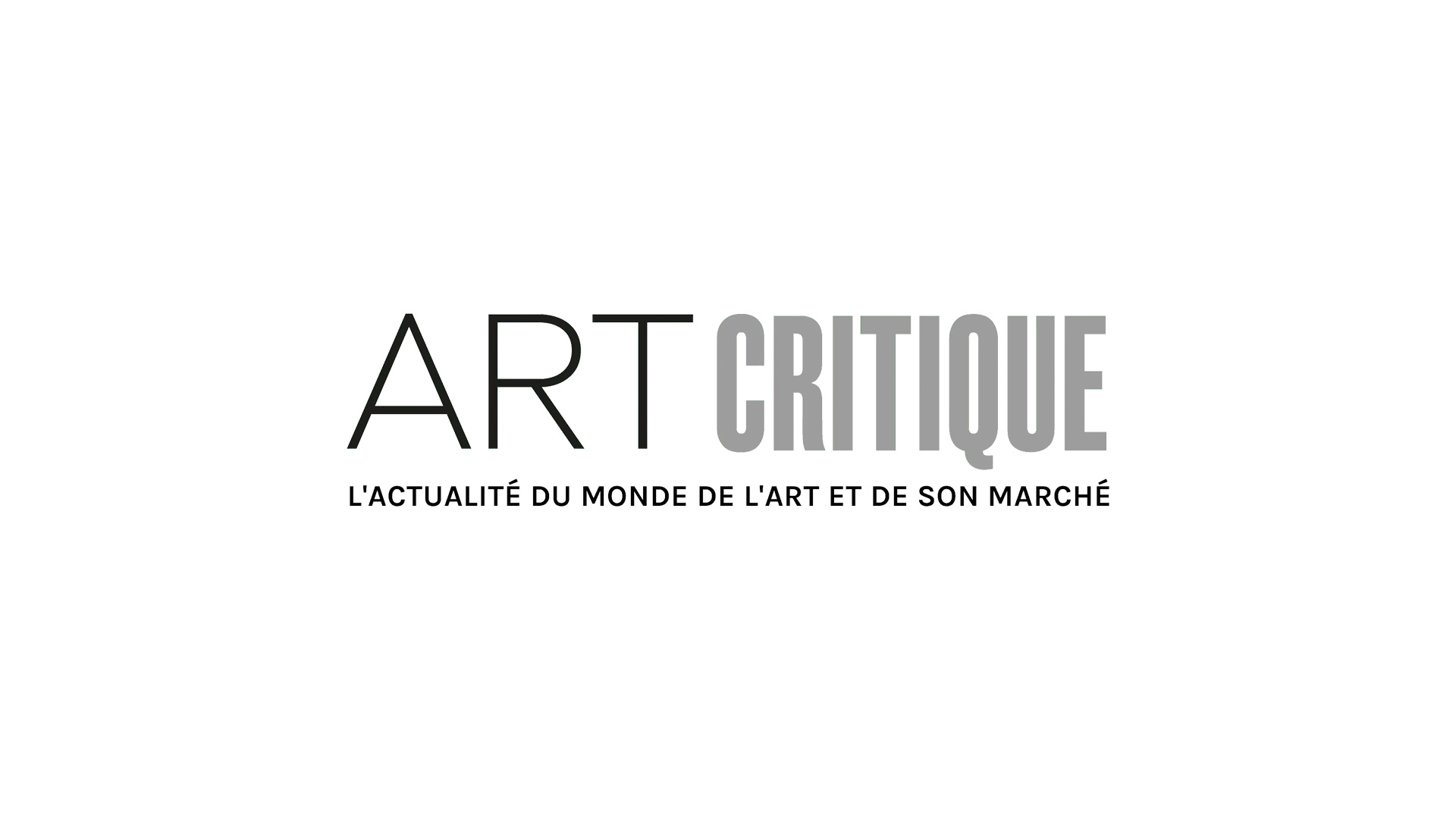It was both logical and paradoxical that the Museum of European and Mediterranean Civilizations (MuCEM) would devote a major exhibition to Georges-Henri Rivière. It’s logical because the Musée national des Arts et Traditions Populaires’s collections are now located in Marseille and form the core of MuCEM, thereby making “GHR” the indirect founder of this Provencal establishment. At the same time it’s also paradoxical given that the birth of this splendid institution located on the Mediterranean coast, which became one of the finest museums of world civilizations within just a few years, could not have been possible without unceremoniously closing down the “Rivière museum” in Paris after an all-too-brief existence. Confronting the memory of this event when the facts are still recent is courageous on the part of the MuCEM staff, and to confront it through examining the life of the truly remarkable man that was Georges-Henri Rivière is a wise decision. Anyone who is interested in museums as a cultural phenomenon, beyond the sum of all the pieces hanging on its walls or in its display windows, must see this exhibit in Marseille and peruse the particularly rich catalogue that accompanies and preserves it.

Rivière’s(1897-1985) strength was in being and not being a “professional”. Mostly he was not a professional but instead a man with an infinitely curious mind, open to all that enriches daily life. The exhibit spotlights the influence of his uncle Henri, a Parisian artist and, for Georges-Henri, a true innovator. The young man was able forge friendships with painters and musicians and to become so passionate about jazz and all new forms of expression that he became a close friend of Josephine Baker! There were also writers within his circle and he had a long friendship, in Trocadero against the backdrop of an active social life and worldly success, with Michel Leiris. This allowed Rivière, the collection builder, to generate several sponsorships, beginning with those of his friends in Noailles. When he collected and studied items from everyday life, Rivière did it with the kind of sensitivity and vision that an intimate knowledge of vibrant design brings.

He established himself as a proven organizer and “professional” scenographer through a memorable show titled “Ancient arts of America” at the Musée des Arts Décoratifs in 1928. In 1937, amidst the turmoil of the Popular Front, Rivière took control of the Musée des Arts et traditions populaires (ATP), which was temporarily located in the Palais de Chaillot – the temporary location lasted 35 years! As the exhibit curators Germain Viatte and Marie-Charlotte Calafat once said, henceforth blow the winds of an authentic “museum revolution”. Halfway between the worship of the “beautiful piece” and the heavy didacticism of academic museums of the Third Republic, Rivière invented an art of collecting, of displaying and clarifying the natural shift from the old “folklore” to a “French ethnology”. The Paris establishment was conceived as the flagship of a fleet which gave rightful place to provincial thematic museums and the collaboration with André Larange for the Burgundy Wine Museum in Beaune was the jewel in the crown. As a result of scientific advances during the post-war period known as “the thirty glorious years” and of the ambitious programs that it generated, long-term research was promoted and the information it gathered enriched the ATP’s collection. The famous Aubrac Affair in the 1960s is exemplary of the continuous dialogue between field and museum. The International Council of Museum’s (ICOM) management also allowed Rivière to promote his model internationally.

The museum that Georges-Henri Rivière had always dreamed about finally opened in 1972 in Bois de Boulogne. Architect Dubuisson designed a building that was decidedly contemporary, with austere beauty and complete functionality. It is quite poignant to see one of the masterpieces of the Rivière method, “From the cradle to the grave” displayed in a showcase in Marseille. There is also the famous museography of the nylon strings that allows costumes, everyday items and musical instruments, all displayed by category, to hang as if suspended without a base or shape in the space of the windows. Closer to the galleries there are materials as well as photo and sound libraries that transform the ATP into a forward-looking conservatory. Laurent Le Bon, in an inspired essay, gave a well-deserved elegy to this misunderstood and unloved museum. Although it may have died it has, to some extent, been resurrected since its splendid collection now resides in La Belle de Mai.

The 600 items drawn from these resources or widely borrowed are like the pieces of a kaleidoscopic portrait of Georges-Henri Rivère. We then begin to understand, between the price that life exacts, the archaic and the contemporary, the modest and the grandiose, the everyday and the extraordinary, that Rivière had chosen not to choose. To appreciate the life of this complete man requires a complete exhibition and that has been accomplished.
Georges-Henri Rivière : Seeing is understanding, Marseille, MuCEM, until March 4, 2019.
Photos : 1) © Mucem / Henri Lehmann (D.R.) ; 2° © Boris Lipnitzki/Roger-Viollet – photo © Mucem ; 3) © Musée du quai Branly – Jacques Chirac, Dist. RMN-Grand Palais / Patrick Gries / Valerie Torre ; 4) © National Archives ; 5) © F. Deladerrière.






